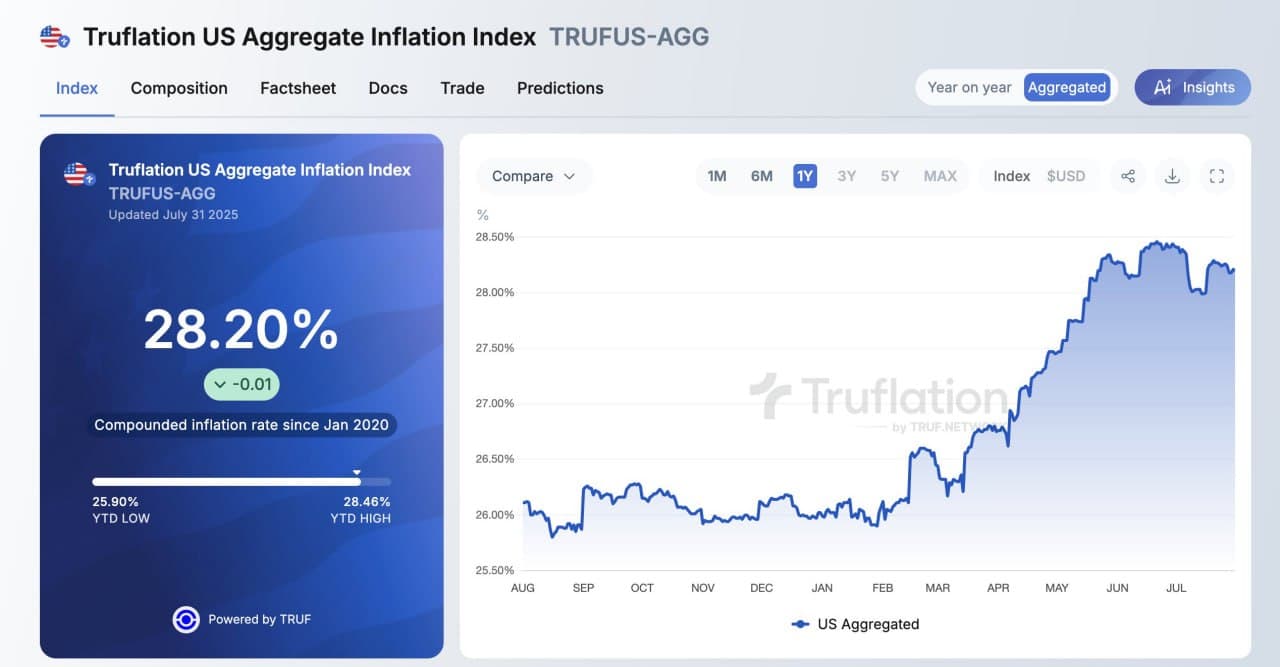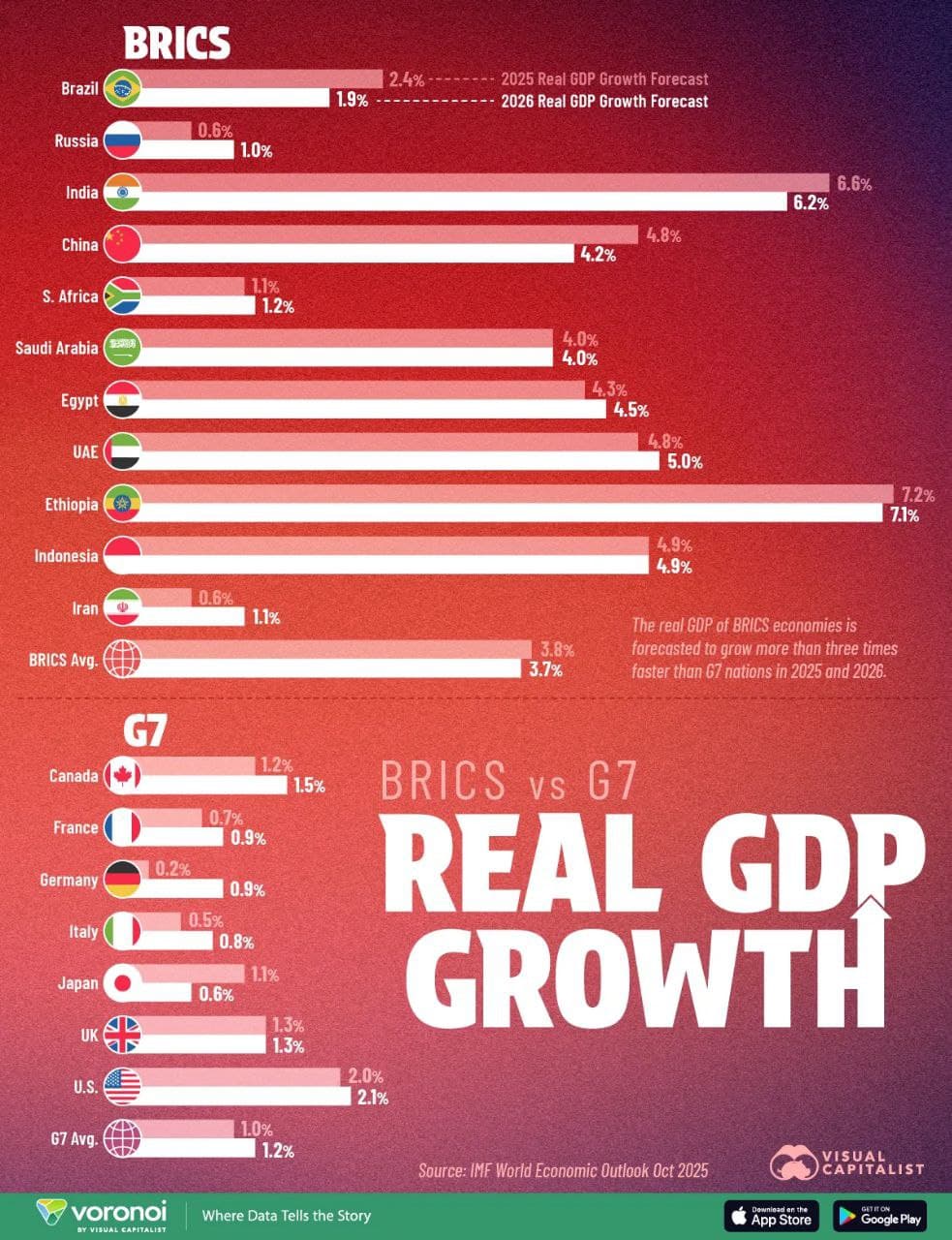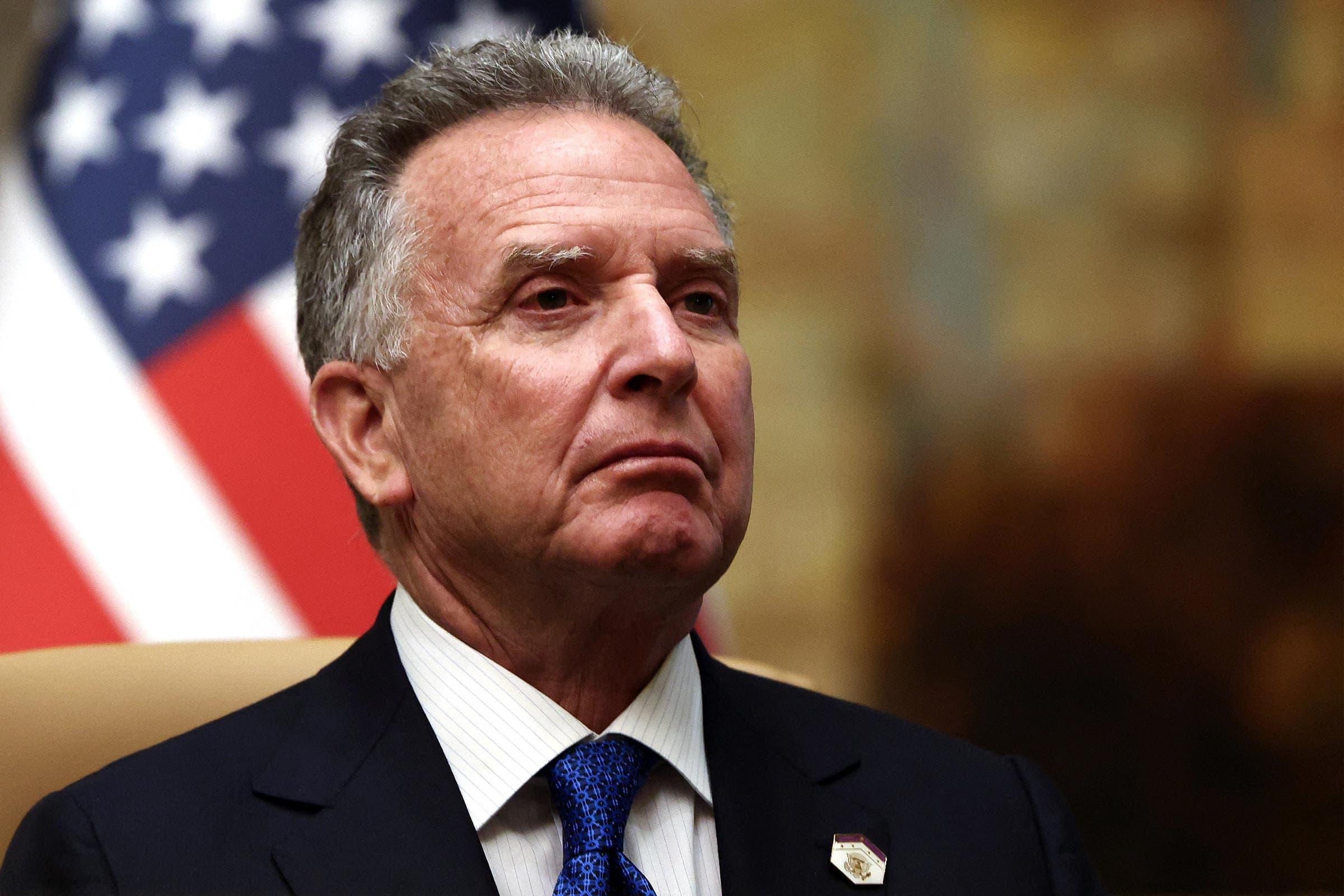US Dollar"s 30% Loss in Purchasing Power: A Silent Crisis Eroding Savings
In a startling revelation, the US dollar has lost nearly 30% of its purchasing power since 2020, a decline that has quietly devastated the savings of millions of Americans. This erosion of value signifies that, on average, one-third of individuals" savings has been effectively destroyed over the past half-decade, leading many to recognize the silent crisis that is reshaping the financial landscape for a generation.
Background & Context
The purchasing power of a currency reflects its ability to buy goods and services, which directly impacts consumer behavior and overall economic health. The decline of the US dollar"s purchasing power has been attributed to a combination of factors, including monetary policy decisions, inflationary pressures, and unprecedented government spending during the COVID-19 pandemic. As inflation rates soared, the value of the dollar diminished, forcing consumers to pay more for everyday items, from groceries to housing.
This decline has not only affected individual consumers but has also raised concerns among economists and policymakers about the long-term implications for economic stability. As previously reported, the Federal Reserve"s aggressive interest rate cuts and quantitative easing measures aimed at stimulating the economy during the pandemic have inadvertently contributed to this inflationary environment, leading to fears of a potential economic downturn.
Key Developments
Recent data indicates that the inflation rate has surged to levels not seen in decades, prompting discussions about the effectiveness of current monetary policies. According to Anthony Pompliano, a prominent financial analyst, the staggering loss of purchasing power represents a significant threat to financial security for many Americans. “What was once a comfortable savings account has turned into a precarious financial situation for countless families,” he stated. “This is not just a statistic; it’s a reality that is hitting home for many.”
In response to this crisis, various economic experts are calling for a reevaluation of monetary policy and fiscal strategies. The urgency of addressing these issues is underscored by the growing number of Americans who report feeling the pinch of rising prices, with many struggling to maintain their standard of living.
Broader Impact
The dramatic decline in purchasing power has far-reaching effects beyond individual savings. The implications for consumer spending, investment, and overall economic growth are profound. Experts suggest that a sustained reduction in purchasing power could lead to decreased consumer confidence, which in turn may slow down economic recovery efforts post-pandemic.
Historical comparisons draw parallels to previous economic crises, where inflation eroded purchasing power and led to significant economic downturns. The current situation raises alarm bells, as many fear that if corrective measures are not taken, the US could face a prolonged period of economic instability. Furthermore, sectors heavily reliant on consumer spending, such as retail and hospitality, may experience adverse effects, potentially leading to job losses and increased economic inequality.
What"s Next
As the nation grapples with these economic challenges, the focus is shifting toward potential policy responses. The Federal Reserve is expected to consider further interest rate hikes in an attempt to rein in inflation, a move that could have both immediate and long-term consequences for the economy. Additionally, lawmakers may need to explore fiscal measures that address the root causes of inflation while supporting those most affected by the rising cost of living.
As previously reported, recent developments in international trade, such as Trump"s tariffs on key trading partners, could further complicate the economic landscape, potentially exacerbating inflationary pressures. The intersection of domestic policy and international trade will be crucial in shaping the economic environment moving forward.
Looking ahead, it will be essential for policymakers, economists, and consumers alike to remain vigilant and proactive in addressing the challenges posed by the declining purchasing power of the dollar. The ongoing discourse around monetary and fiscal policy will undoubtedly play a critical role in determining the trajectory of the US economy in the coming months.





![[Video] Trump says India has largely stopped buying oil from Russia](/_next/image?url=%2Fapi%2Fimage%2Fthumbnails%2Fthumbnail-1762459850423-ittmp-thumbnail.jpg&w=3840&q=75)


